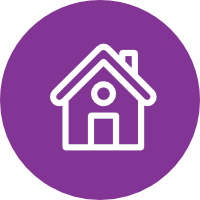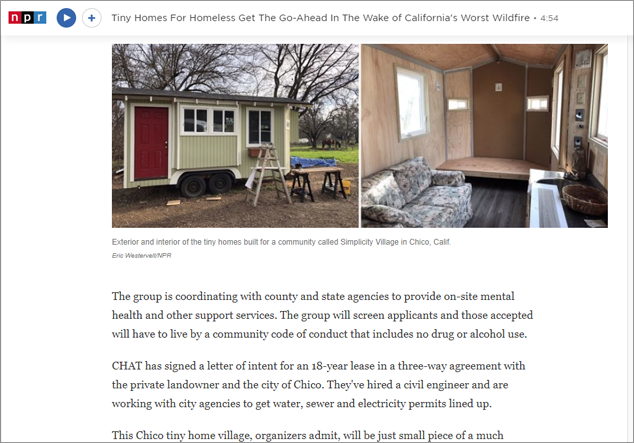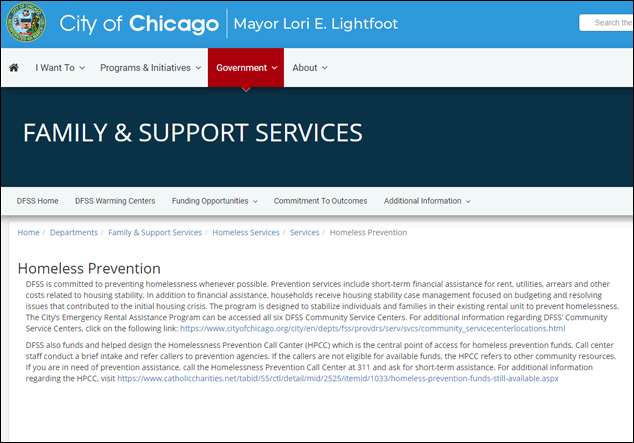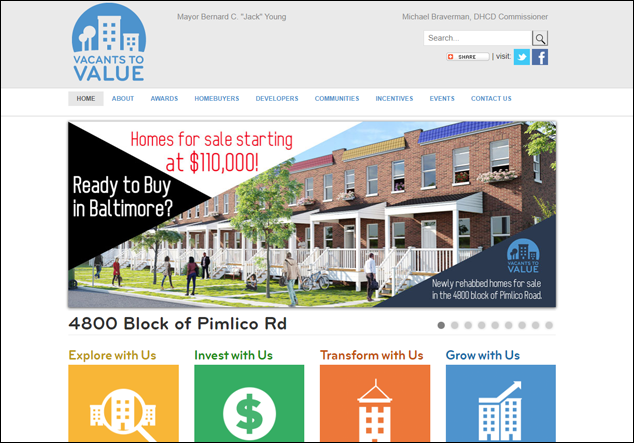Why This Strategy Matters
Nearly a third (32%) of homes in Buffalo Niagara were built before 1940. In urban areas where economic need is more concentrated, this share is much higher. People in or near poverty are more likely to live in older homes, since they tend to cost less to rent or own. But older homes are often more expensive to maintain, which can be a challenge for those on a fixed income, like older adults. Based on insights from residents, many do not have enough in savings to cover costly repairs when issues arise. This can lead to difficult decisions, like having to choose between repairing a furnace or keeping up with health care costs. Helping low income residents cover the costs of home repairs can lead to financial security and enable older adults to age in place.





